reply to u/graidan at https://www.reddit.com/r/Zettelkasten/comments/14n5131/zk_for_analyzing_components/
I'm intending to use some of my zk for analysis of components for their uses. Specifically, for looking at materia magica (magical ingredients) across authors / books / systems / etc. For example, all the ways that dandelion is used, looking for consistent commonalities and reasoning.
How would you do this in a ZK system? Create a branch per items under investigation? I feel like a digital solution like notion might work best, but I'd like to incorporate into my analog if I can figure out a good way to do it.
I like u/taurusnoises' description and understand it, but perhaps an alternate perspective and some examples of how others have done these things may be helpful?
One feature/affordance that a Luhmann-esque zettelkasten emphasizes is the ability to build on knowledge from the bottom up while older commonplace book and non-Luhmann zettelkasten traditions have a more top-down and/or categorical-first approach. Either of these methods can be tried in your use case to good benefit, but it helps to think about what is happening over the long run. Bottom up approaches are more useful when you're encountering new material and aren't always sure how to categorize it or know where things may be heading. These also tend to encourage greater admixtures of disparate topics, especially over use with time. Top down approaches are potentially better when you've got a broad idea of fields and sub-fields to begin with and know exactly where new ideas will best fit. Because of this they don't naturally tend to mix disparate fields of knowledge as easily, though this can be done with foresight.
It sounds like you're well-acquainted with your area (of magical ingredients) already, so you're more likely to appreciate a top down approach as a result. A Luhmann-esque zettelkasten is certainly workable here, but you'll be able to scaffold some of your material more easily from the start. You know in advance some of the structure of where you're going and what sorts of questions you'll want to ask of your notes, so you can structure it to be more helpful from the start.
As an example, in your materia magica case (for which I'll make some broad assumptions without any knowledge of the field), you might have a branch for dandelion. Under dandelion you can aggregate notes on what various authors have to say about specific uses and features. Over time you'll have a variety of notes which will allow you to quickly compare and contrast what those authors have to say about the topic. You can repeat this for other herbs, mushrooms, etc. This may make your writing on this particular area much easier.
Of course, potential complications may occur later when you may have different questions about the ideas you've collected. Perhaps you'll ask something like, how did practices differ in different geographical areas? Was practice with dandelions the same across different regions or across time? Did practices for other herbs show similar patterns? This may require additional sets of notes which can cross reference time spans and areas. To better handle this with your initial notes branching according to herbs, you may want to make project notes (maps of content, hub notes, structure notes, or whatever you want to call them) on each of these criteria with links back to the originals for studying and comparing these differences.
To make this easier, you can pull out all the original notes and reorder them accordingly and then make your project notes by noting the original card identifiers/numbers. Or perhaps you just use them to write the particular section directly. Once you're done, you can use the original numbers to file them back into the appropriate places for later use.
The broader ZK community doesn't talk as frequently or as in-depth about adding metadata relating to time, place, etc. for sorting/resorting or searching for material. Having actual index cards may make doing all of this a lot easier.
As illustrative examples, Beatrice Webb talks a bit about her use of collecting notes/data across a variety of dimensions for her sociology work as "scientific notetaking" in Appendix C of her book My Apprenticeship (1926). Broadly speaking, she's using her notes as an early form of searchable database. Similarly, Victor Margolin has a short video about his process for writing about history of design and there he's using his notes along the lines of both location as well as time. In both of these examples, we're looking at non-Luhmann-artig practices (somehow it seems more appropriate to use the German -artig than the French -esque), but I'm sure they would have worked just as well with a Luhmann structured practice as well.
And of course if none of this still makes any sense, I highly recommend you try it anyway. Your experience will assuredly bear out results and you're sure to find the answers you're looking for, and probably a little more to boot. Let us know what you find.
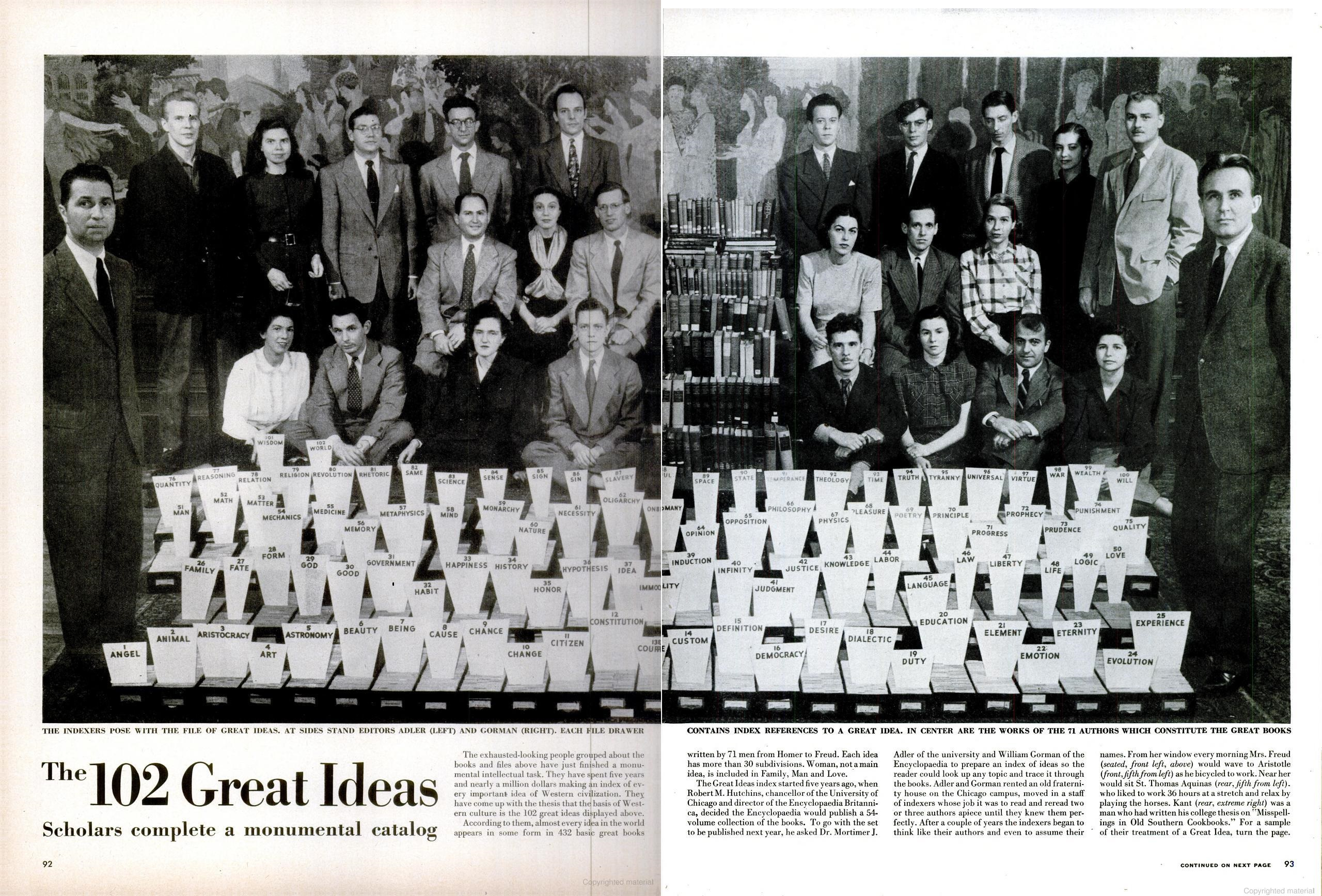 Two page spread of Life Magazine article with the title "The 102 Great Ideas" featuring a photo of 26 people behind 102 card index boxes with categorized topical labels from "Angel" to "Will".
Two page spread of Life Magazine article with the title "The 102 Great Ideas" featuring a photo of 26 people behind 102 card index boxes with categorized topical labels from "Angel" to "Will". Mortimer J. Adler holding a pipe in his left hand and mouth posing in front of dozens of boxes of index cards with topic headwords including "law", "love", "life", "sin", "art", "democracy", "citizen", "fate", etc.
Mortimer J. Adler holding a pipe in his left hand and mouth posing in front of dozens of boxes of index cards with topic headwords including "law", "love", "life", "sin", "art", "democracy", "citizen", "fate", etc. Illustration by
Illustration by 
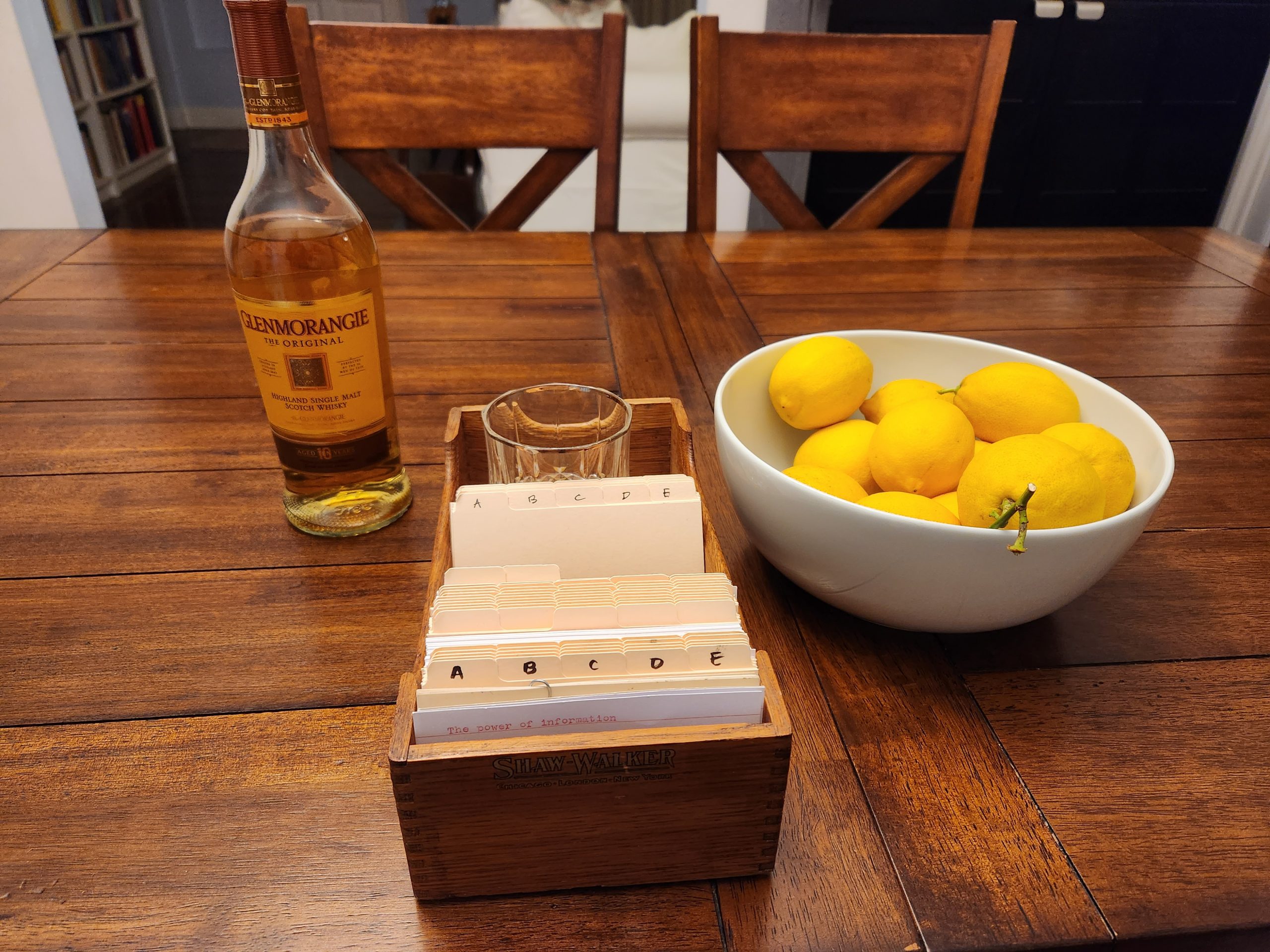
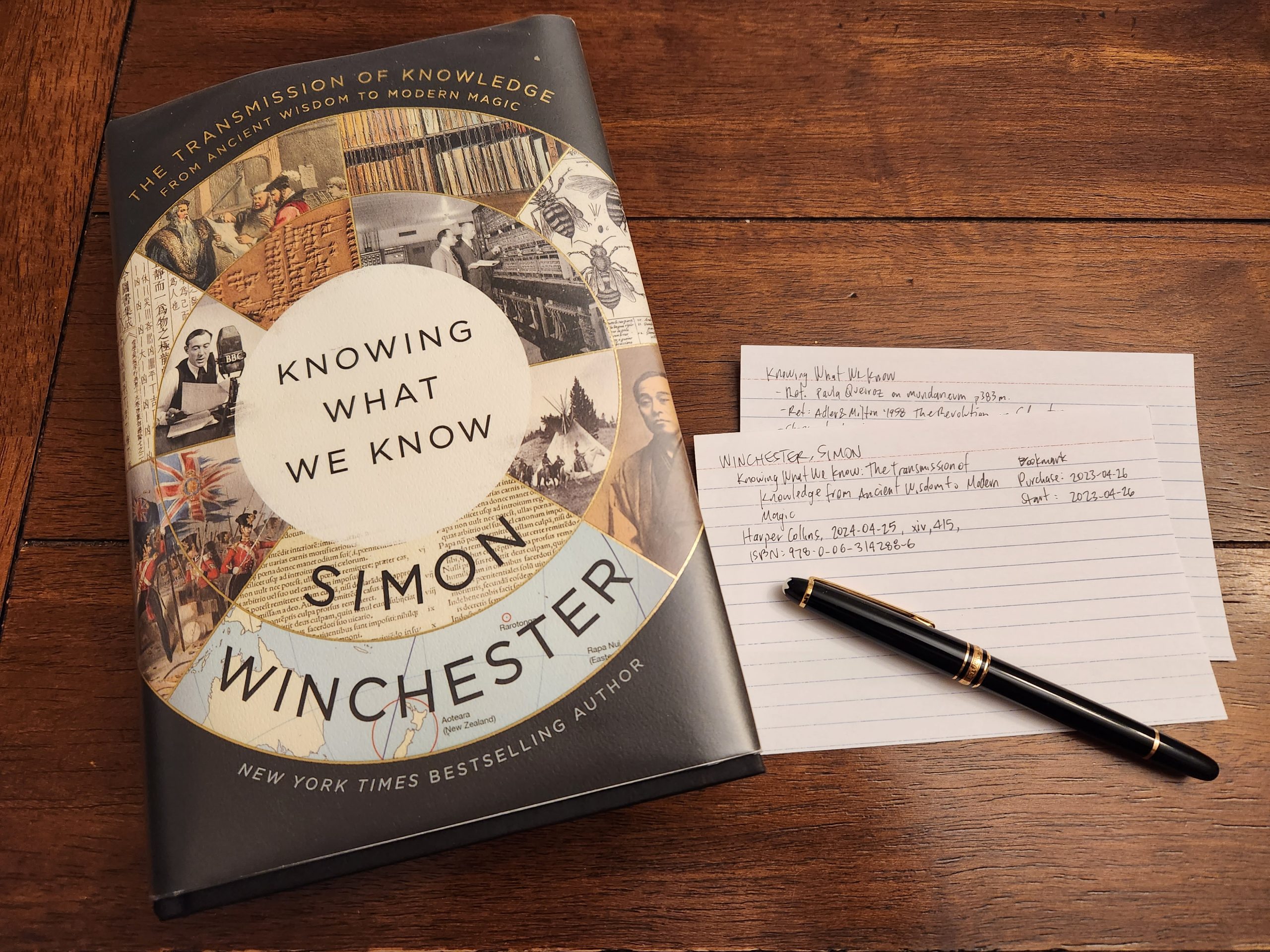
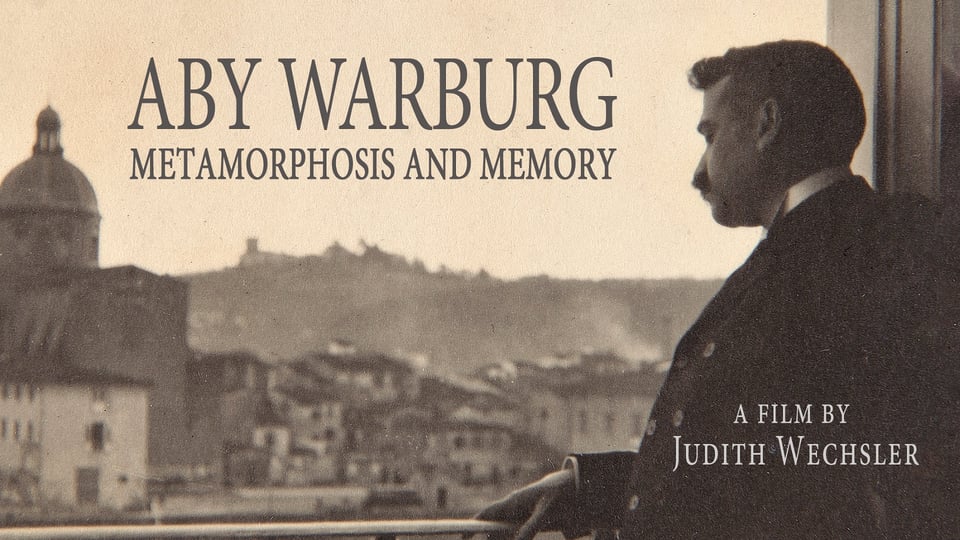
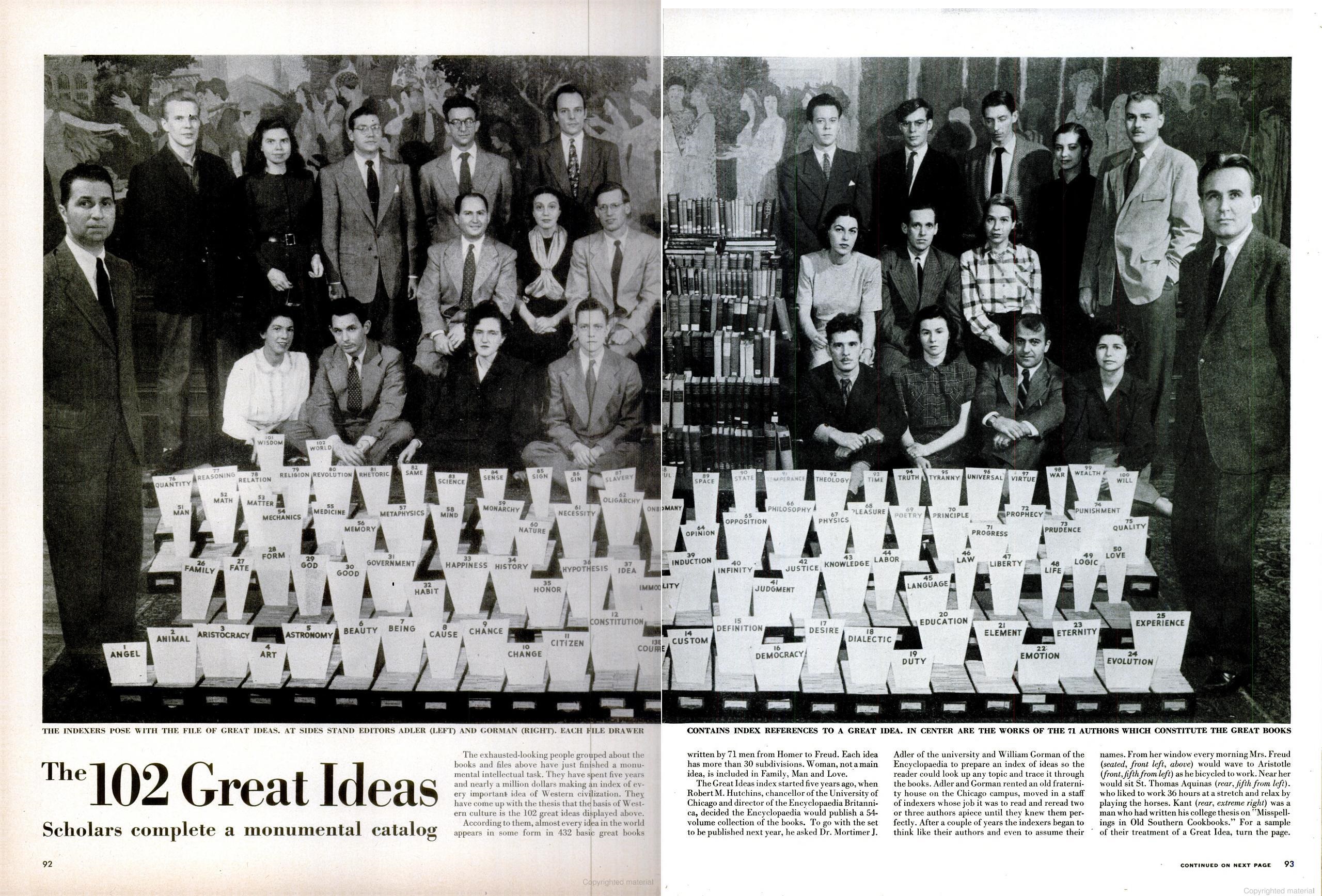

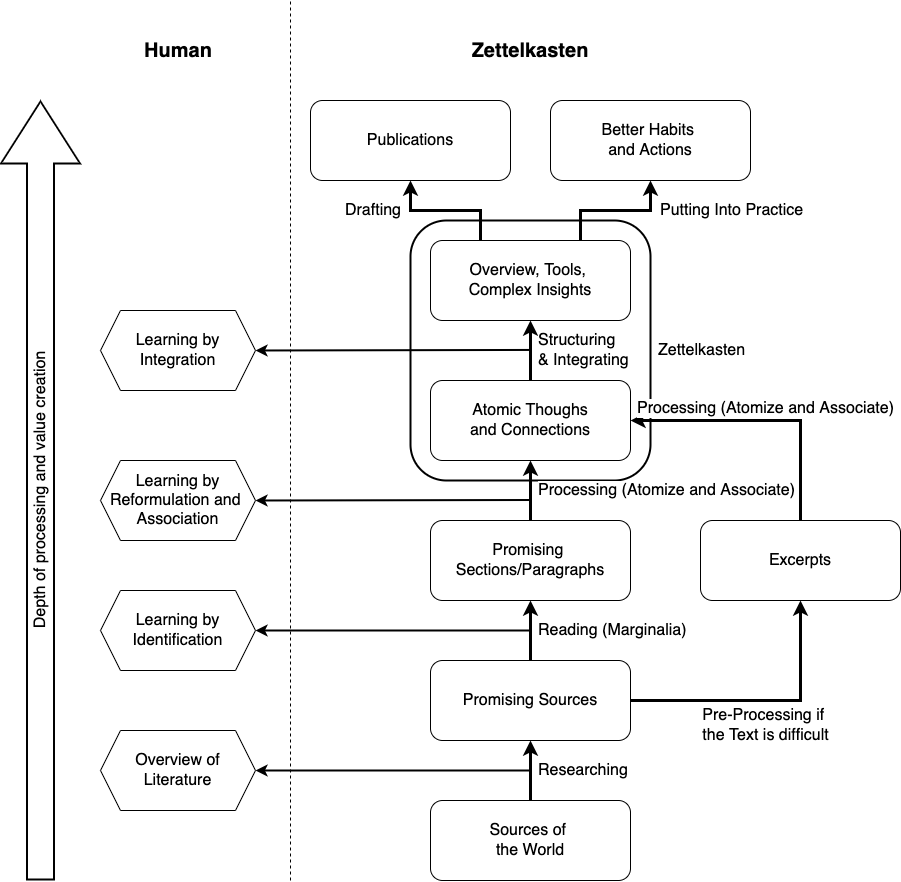

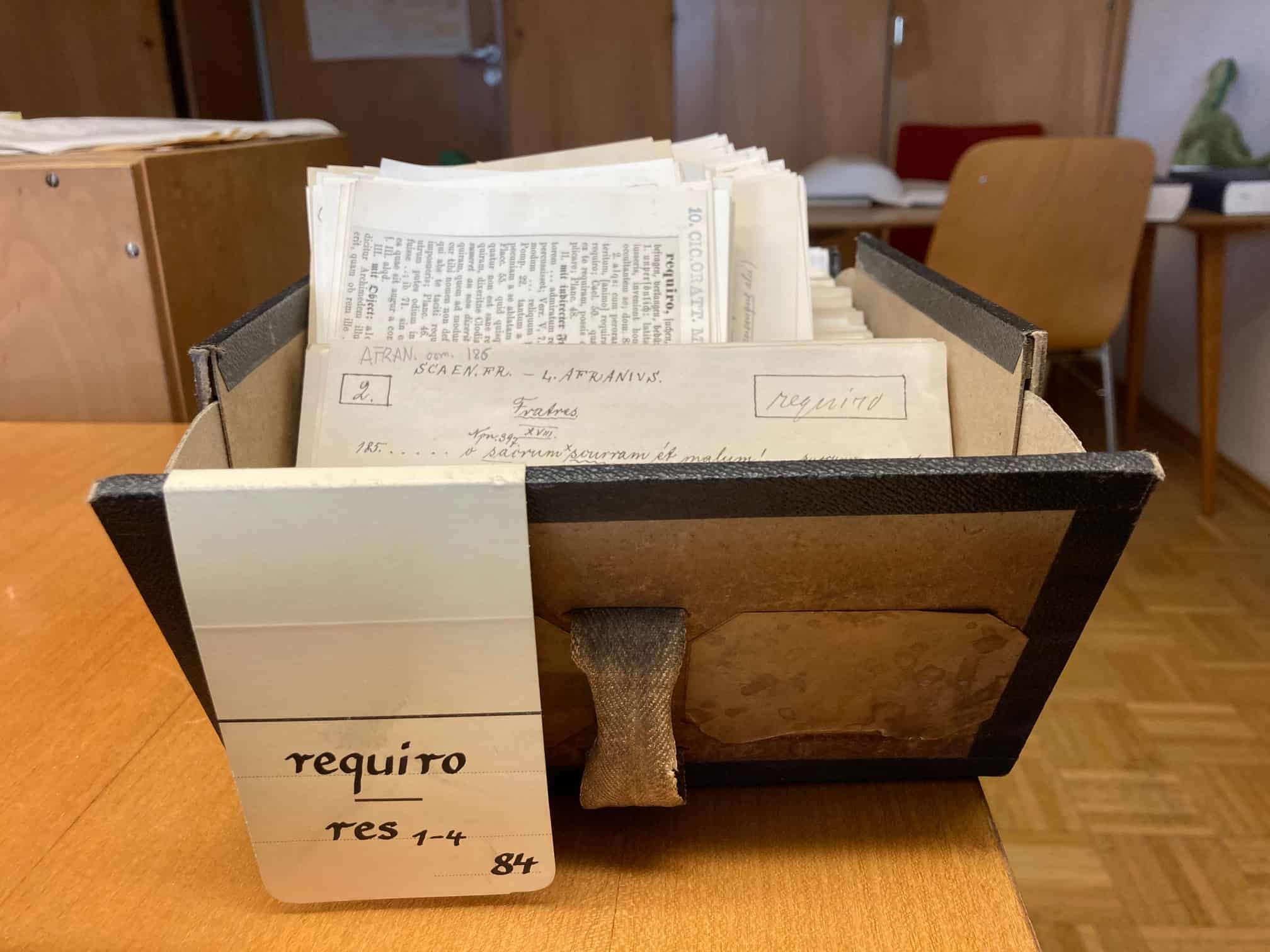






 A slip showing a passage of text from the victory stele of Sesostris III at the Nubian fortress of Semna. The handwriting is that of project leader Adolf Erman, who had "already struggled with the text as a high school student".
A slip showing a passage of text from the victory stele of Sesostris III at the Nubian fortress of Semna. The handwriting is that of project leader Adolf Erman, who had "already struggled with the text as a high school student".